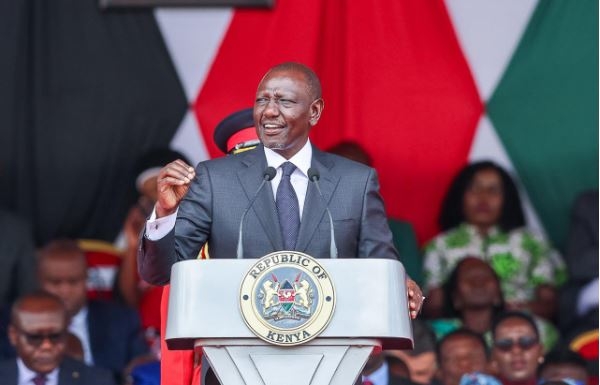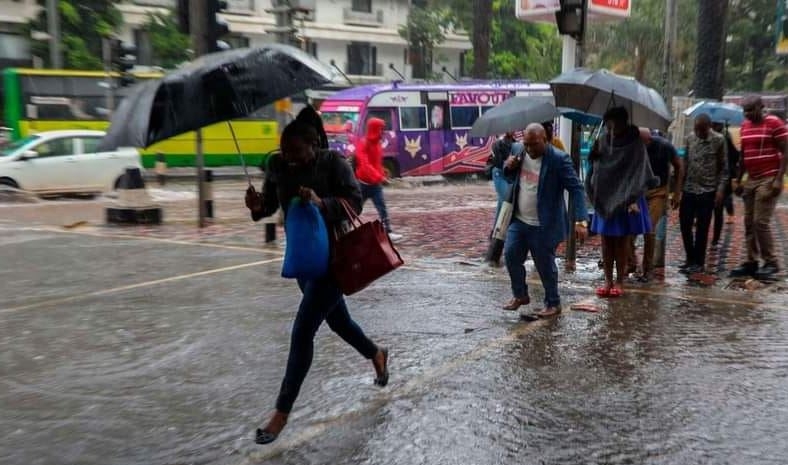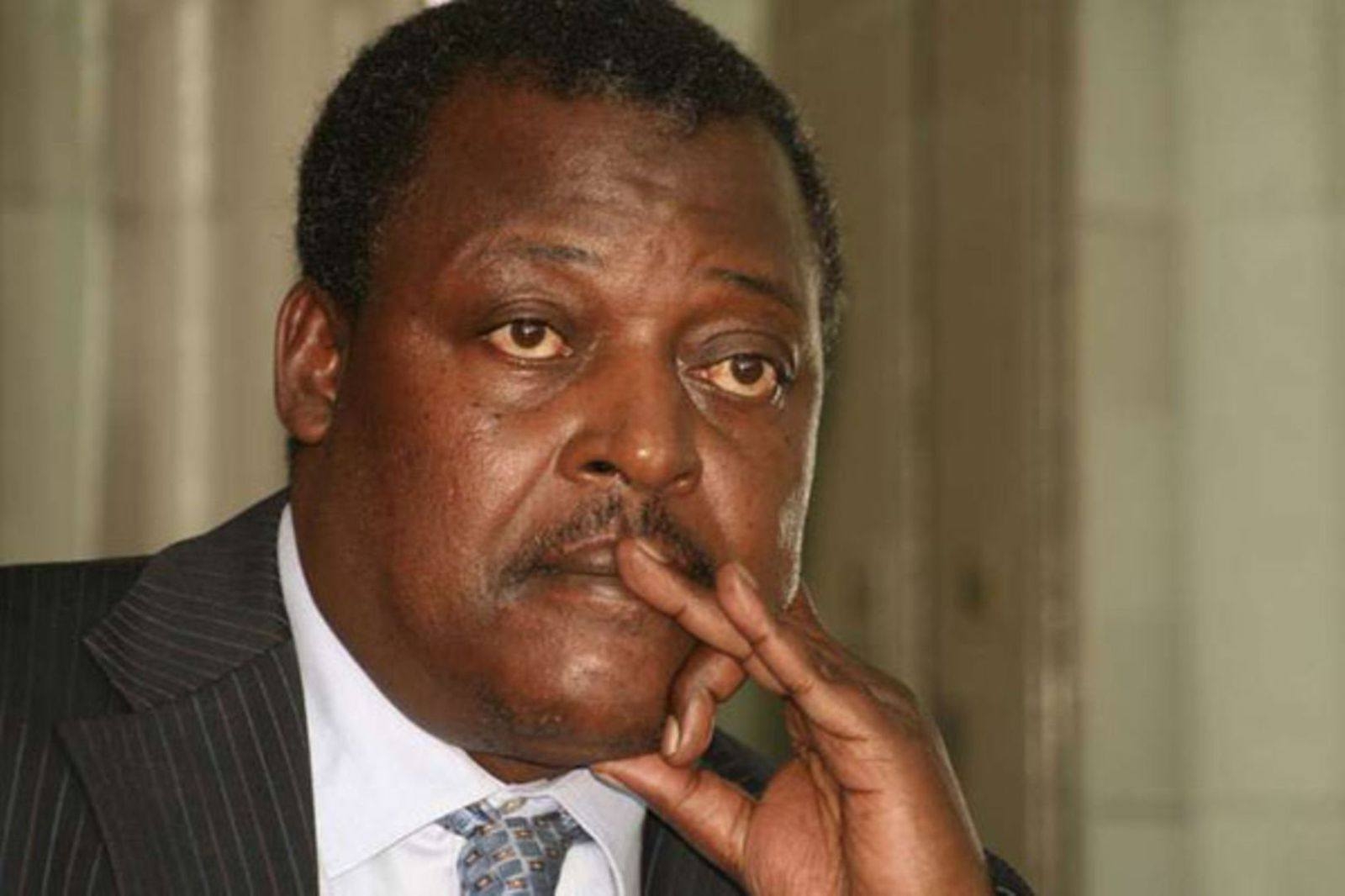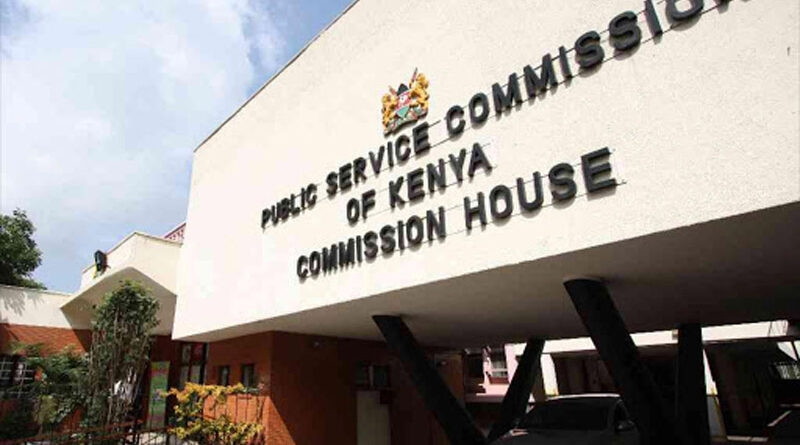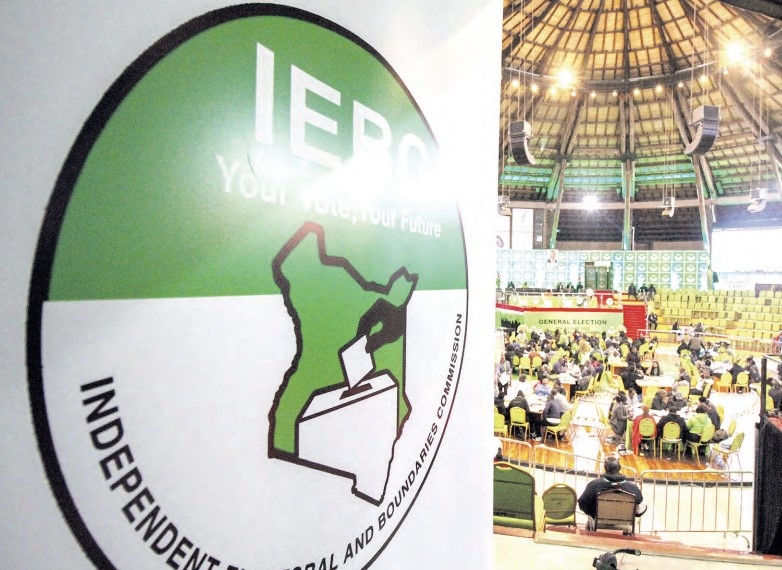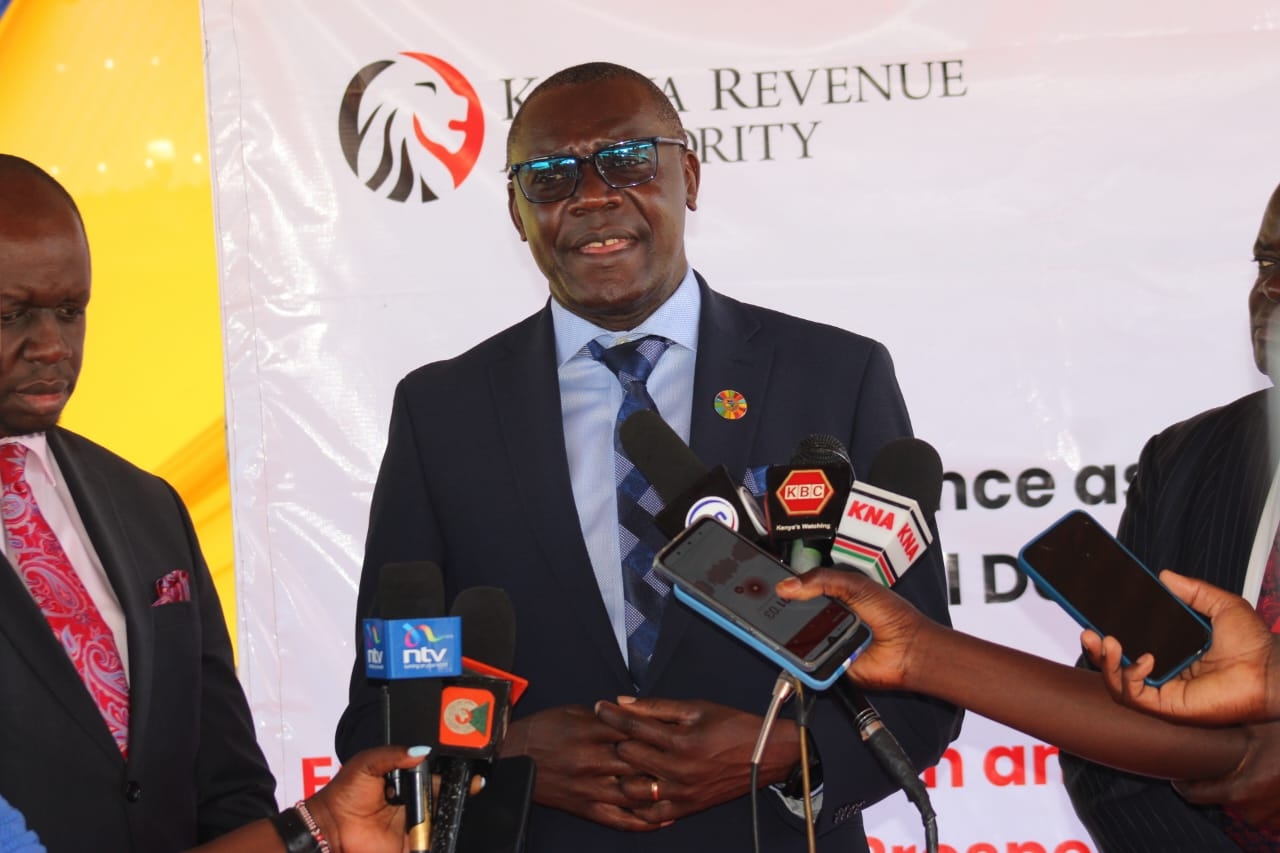Banks, insurance firms, pension funds, and state parastatals have systematically cut on amount invested in government securities despite the investment vehicle promising more returns.
The weekly bulletin by the Central Bank of Kenya (CBK) however, shows increasing investments by individual investors. Local debt held by this class of investors has doubled to 13.2 percent from 6.4 percent in the past two years.
Until Thursday last week, commercial banks were holding 45.12 percent or (Sh2.36 trillion) of the country's Sh5.23 trillion domestic debt, having dropped weekly since December 2022 when local commercial lenders accounted for almost 47 percent of the total domestic debt.
This is despite yields on the government paper rising by at least five percent to 18 percent on August 2 compared to an average of 13.5 percent in 2022.
Senior bank managers from Stanbic, DTB Bank, and Equity Bank told The Star in confidence that the risk of government defaulting on local loans is becoming a reality every passing day.
"Government papers are considered secure. However, this notion has been fading in Kenya in the past five years. Although no default has been witnessed, bond switch whispers are getting louder,'' a top manager at Equity Bank said.
His counterpart from Stanbic Bank says that investors are asking for a premium on government papers due to the prevailing budget funding deficit, especially after a twin blow on Finance Bill, 2024 that was rejected and the Finance Act, 2023 recently nullified by the Court of Appeal for being unconstitutional.
"Investors are simply following the demand and supply curve. The government is desperate for money. The recent downgrades on sovereign bonds by international rating agencies make it even more expensive to borrow externally."
This is perhaps one of the reasons that saw the Kenya Bankers Association (KBA) appealing to the regulator to hold the base lending rate at 13 percent in a review due this week.
A bond switch is when the government appeals to holders of short-term bonds and Bills to convert their due payments into long-term bonds with higher yields to give the state enough breathing space.
Kenya conducted the last bond switch targeting Sh87 billion in December 2022. This was undersubscribed after investors offered only Sh52.9 billion, with the government accepting only Sh49.1 billion.
He adds that banks are now avoiding long-term bonds and bills, forcing the government to entice them with higher rates.
Pension funds which have been piling most of their money into Treasury Bills and Bonds over the years have also dropped the portfolio to 29.3 percent compared to 34 percent two years ago.
This means those funds are holding Sh1.74 trillion.
The amount lent to the government by insurance firms has also been on a declining mode, shrinking marginally to 7.2 percent on Thursday compared to 7.4 percent in 2022.
State parastatals have also cut the amount invested in local bonds, with the value decreasing to 5.08 percent in the latest data by the apex bank compared to 6.06 percent in December 2022.
In the early month tap sale of the Sh20 billion bond, the government only managed to collect Sh487.5 million the lowest under subscription recorded in the past five years.
However, the Treasury bill auction of August 1 received bids totaling Sh24.4 billion against an advertised amount of Sh24 billion, representing a performance of 101.7 percent. Interest rates on the 91-day, 182-day, and 364-day Treasury bills remained stable.
Debt servicing cost in Kenya has been on the rise, with the debt service to revenue ratio averaging 23.5 percent over the last 10 financial years and standing at 69.6 percent as of June 2024.
Kenya's total public debt is estimated at Sh10.3 trillion.



